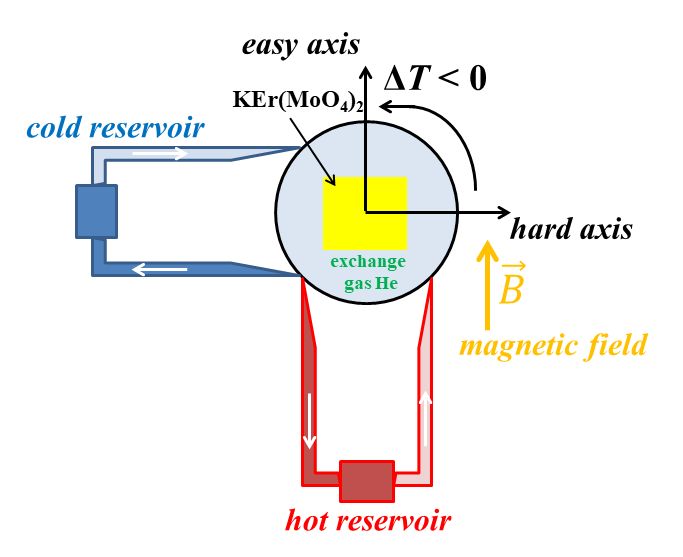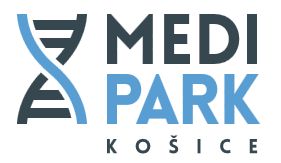Magnetic refrigeration research is currently very intense due to reduction of electricity and to find alternatives to current compressor cooling devices. The magnetocaloric material is cooled or heated by switching off and switching on the external magnetic field, respectively. Currently, this is accomplished by rotating of permanent magnets around the magnetocaloric material. The top research team of QMAGNA has described the properties of the material in which it is sufficient to rotate the magnetocalorics in a constant magnetic field, which simplifies the design of the cooling device. A huge change of rotational magnetic entropy was observed when studying of the rotational magnetocaloric effect in KEr(MoO4)2 at helium temperatures. The absence of thermal hysteresis and field hysteresis losses indicates that KEr(MoO4)2 is highly attractive for magnetic refrigeration at low temperatures. The results were published in the prestigious journal of American Physical Society [V. Tkáč, A. Orendáčová, E. Čižmár, M. Orendáč, A. Feher, A.G. Anders, Phys. Rev. B 92 024406 (2015)] and in Journal of Alloys and Compounds [V. Tkáč, A. Orendáčová, R. Tarasenko, M. Orendáč, A. Feher, J. Alloys Compd. 729 323 (2017)].
The rotation of the KEr(MoO4)2 single crystal in a constant magnetic field changes its temperature, which can be used, for example, for the liquefaction of helium.














